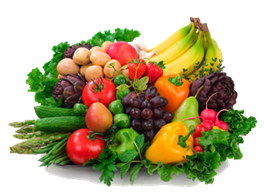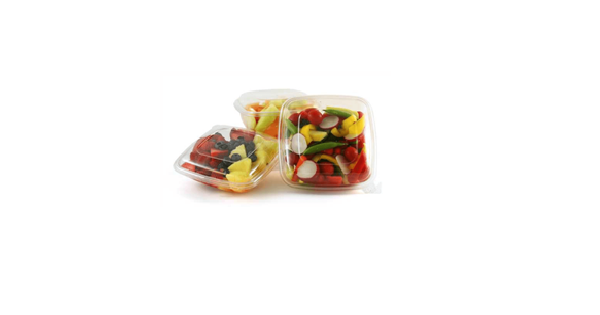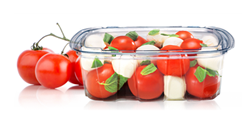Minimal Processing of Fruits and Vegetables
Eating habits are diverse in different parts of the world; however, some aspects in the production and consumption of food are universal, such as the consumption of minimally processed vegetables.

Over the last few years, global demand for minimally processed fruits & vegetables increased. This increase is due in part to two key trends: a growing focus on health, which includes the consumption of fresh fruits &vegetables, and the increased preference for convenience. To the extent possible, consumers want healthy products for their meals, available at a good value, convenient, safe, and with good quality.
Advantages of Minimal Processing
01. Helps to retain nutritional value
02. Food tastes fresh
03. Causes no change in apperance
What are minimally processed fruits & vegetables?
Minimally processed fruits and vegetables are fresh fruits and vegetables processed to increase their functionality without greatly changing their fresh like properties.
It can also be defined as “any fruit or vegetable, or any combination thereof, which has been physically altered from its original form, but has remained in its fresh condition”.
Microbiological, sensory, and nutritional shelf life of minimal processed fruits and vegetables should be at least 4-7 days but preferably even longer.
Improper Minimal Processing of F&V Leads to…
Damage to plant tissues – The activities implemented to minimally process fresh produce can cause damage to plant tissues, which accumulate during the succeeding stages of processing.
Shorter Shelf Life – The damage to the products during this processing will adversely affect the shelf life for commercial distribution, which will be shorter compared to the same products that are not minimally processed.
Modify Sensory Properties over a period of time – The plant tissues of these minimally processed products respond physiologically similar to being subjected to stress.
The physiological responses by the plants due to the minimal processing can accelerate the loss of quality and modify sensory attributes unique to each product. The main changes in the products are increased metabolic activity, enzymatic browning, and presence of microorganisms and pathogens in the plant tissues that have been processed.
“Minimal Processing increases perishability rather than stability of fruits and vegetables.”
Here’s the list of factors that decide the packaging of the end product:
1. Cost
2. Gas & water vapor permeability
3. Thickness of the film
4. Weldability
5. Strength of the packaging material
Packaging
The use of packages made of plastic or polymer films is a common way to control the atmosphere around the product.
The most common ones with their desirable properties are highlighted as follows:
-
- Low-density polyethylene: lower cost, high gas and water vapor permeability, and sturdy which allows the packaging to be used as bags to create layers for products to be stored in multi-layers.
These are also used for micro-perforated films to facilitate water vapor exchange.
- Expanded polystyrene: used in the manufacture of trays, often with a PVC coating, thinner film, elasticity, and with good weldability. Polystyrene can also be used to make pots.
- PVC, PP, and polyethylene terephthalate (PET): used for production of trays with or without lids.



